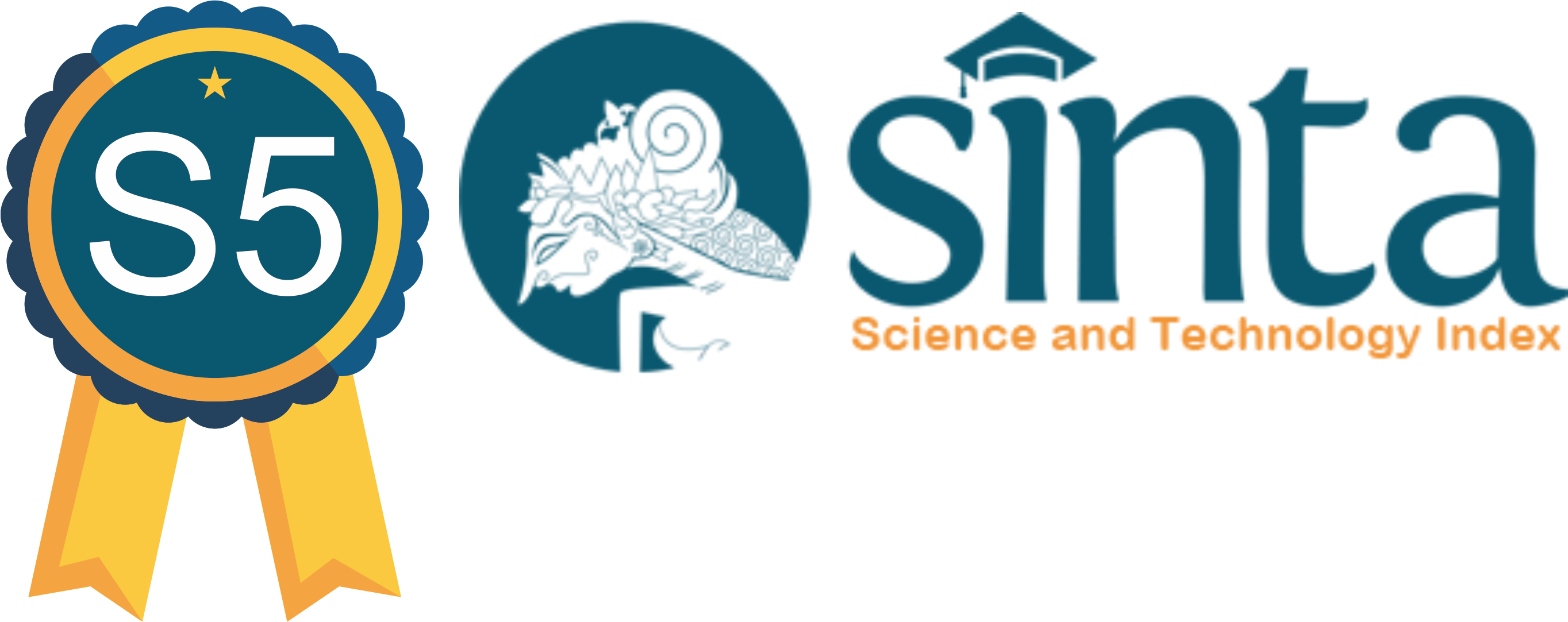The Experience as a Victim of Bullying and Body Image Perception in Adolescents
Abstract
This study aims to determine the relationship between experiences as victims of bullying and the perception of adolescent body image. The hypothesis of this research is that there is a positive relationship between experiences as victims of bullying and the perception of negative body image in adolescents. Participants in this study involved 100 adolescents in Kupang City aged 15-23 years (79 girls and 21 boys) who experienced bullying in the past year. The study used a quantitative approach with a modified Forms of Bullying-Victimization scale and a modified Body Satisfaction scale. Hypothesis testing with the Pearson Product Moment correlation technique shows a correlation coefficient of 0.319* with a significance level of 0.0005 (p <0.01). The results showed that there was a significant positive relationship between experiences as victims of bullying and perception of body image. This study concluded that the higher the level of bullying experienced by the victim, the higher the negative body image perception was.
Downloads
References
Azwar, S. (2016). Konstruksi Tes Kemampuan Kognitif. Yogyakarta: Pustaka Pelajar.
Azwar, S. (2013). Penyusunan Skala Psikologi. Yogyakarta: Pustaka Pelajar.
Bees, E. (2016). Hubungan Kelekatan Ibu dan Anak dengan Perilaku Bullying Anak Remaja di SMA Negeri 3 Kota Kupang. Jurnal Psikologi Perseptual. 1(1)
Duarte, C., Gouveia, J.P., Stubbs, R.J. (2017). The Prospective Associations Between Bullying Experiences, Body Image Shame and Disordered Eating in A Sample of Adolescent Girl. Personality and Individual Differences, 116, 319-325.
Fox, C.L & Farrow, C.V. (2009). Global And Physical Self-Esteem And Body Dissatisfaction As Mediators Of The Relationship Between Weight Status And Being A Victim of Bullying. Journal of Adolescence. 32, 1287-1331. Doi: 10.1016/j.adolescence.2008.12.006.
Hidayat, R., Malfasari, E. & Herniyanti, R. (2019). Hubungan Perlakuan Body Shaming Dengan Citra Diri Mahasiswa. Jurnal Keperawatan Jiwa. 7(1), 79-86.
Holubcikova, J., Kolarcik, P., Geckova, A.M., Dijk, J.P.V., Reijneveld, S.A. (2015). Is Subjective Perception of Negative Body Image Among Adolescents Associated With Bullying?. Eur J Pediatr. 174(8). Doi: 10.1007/s00431-015-2507-7.
Jayani, D.H. (2019, Desember). PISA: Murid Korban ‘Bully’ di Indonesia Tertinggi Kelima di Dunia. Databoks. Diunduh dari https://databoks.katadata.co.id/ tanggal 10 September 2020.
Maharrani, A. (2019, Februari). Depresi, masalah terbesar remaja masa kini. Beritagar.id. Diunduh dari https://beritagar.id/artikel-amp/ tanggal 25 Juni 2019.
Margaretta, A. & Rozali (2018). Perbedaan Body Image Ditinjau Dari Jenis Kelamin Pada Anggota Clark Hatch Fitness Center. Fakultas Psikologi Universitas Esa Unggul, Jakarta.
Muliaty, D. (2012). Hubungan Antara Bullying Dengan Body Satisfaction Pada Remaja Putra Korban Bullying Terhadap Tampilan Fisik. Skripsi. Fakultas Psikologi Universitas Indonesia, Depok.
Nuban, I,P. (2018). Pengaruh Kesejahteraan Keluarga Terhadap Citra Diri remaja Tengah (14-17 Tahun) Di GKII Beno’honis Oelbima Kupang Nusa Tenggara Timur. Skripsi. Sekolah Tinggi Theologia Jaffray, Makassar.
Papalia, D.E., Olds S.E.,& Feldman R.D. (2011). Human Development (Psikologi Perkembangan) (ed. 9). Jakarta: Kencana.
Shaheen, A.M., Hammad, S., Haourani, E.M. & Nassar, O.S. (2017) Factors Affecting Jordanian School Adolescents’ Experience of Being Bullied. Journal of Pediatric Nursing. Doi: 10.1016/j.pedn.2017.09.003
Shaw, T., Dooley, J.J., Donna, C., Zubrick, S.R. & Waters, S. (2013). The Forms of Bullying Bullying Scale (FBS): Validity and Reliability Estimates for a Measure of Bullying Victimization and Perpetration in Adolescence. American Psychological Association, 25(4), 1045-1057. Doi: 10.1037/a0032955.
Sujarweni, V.W (2015). SPSS Untuk Penelitian. Yogyakarta: Pustaka Baru Press.
Wiyani, N.A. (2012). Save our children from school bullying. Yogyakarta: AR-RUZZ Media.
Copyright (c) 2021 Viny Libing, M. Dinah Charlota Lerik, Indra Yohanes Kiling

This work is licensed under a Creative Commons Attribution-ShareAlike 4.0 International License.
Journal of Health and Behavioral Science (JHBS) is licensed under a Creative Commons Attribution-ShareAlike 4.0 International License. You are free to copy, transform, or redistribute articles for any lawful purpose in any medium, provided you give appropriate credit to the original author(s) and JHBS, link to the license, indicate if changes were made, and redistribute any derivative work under the same license. Copyright on articles is held by the authors. By submitting to JHBS, authors grant any third party the right to use their article to the extent provided by the Creative Commons Attribution-ShareAlike 4.0 International License.

 Viny Libing(1*)
Viny Libing(1*)








